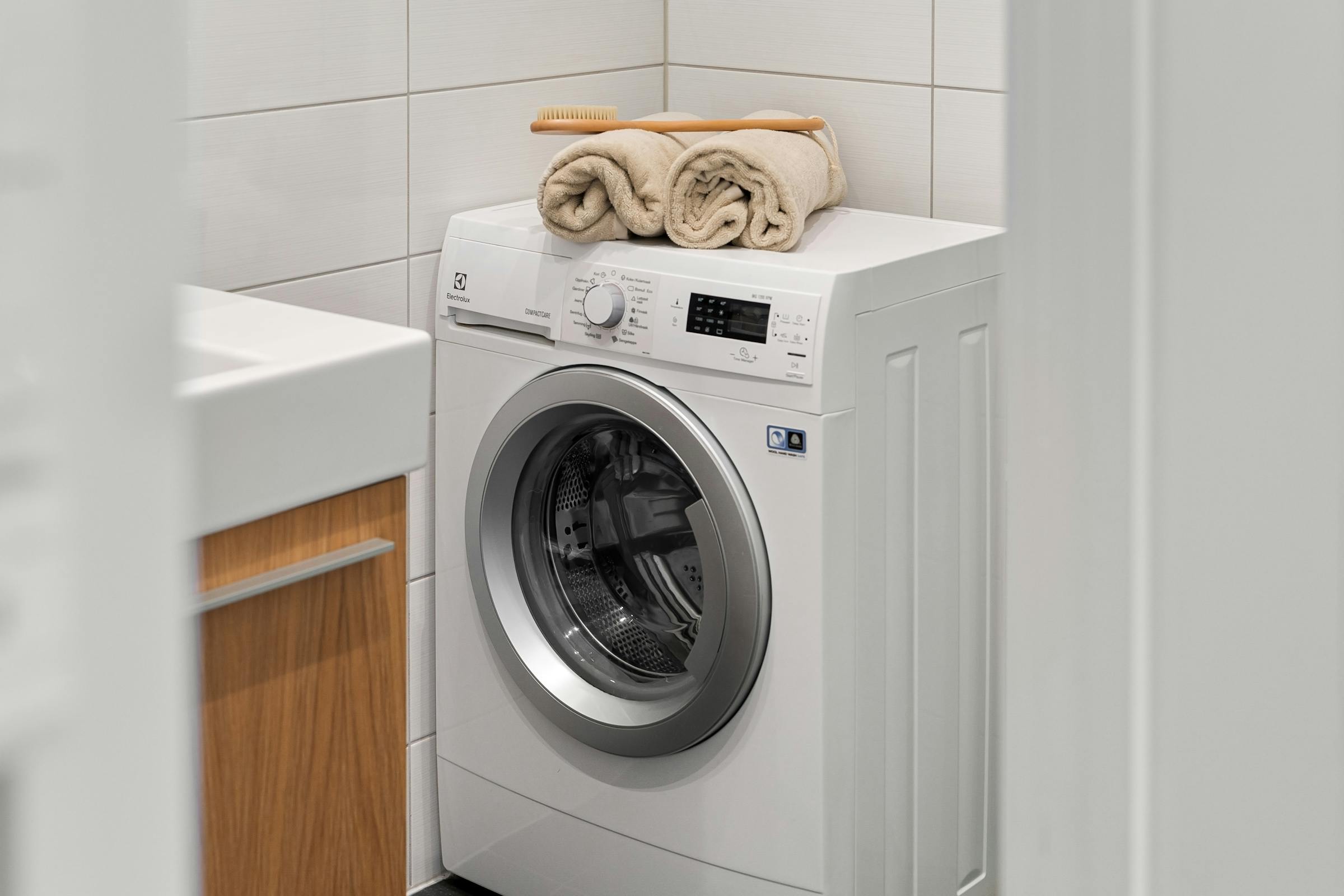We rely on our household appliances to keep our homes and ourselves clean. But how do we keep those machines clean? From dishwashers to washing machines to vacuums, we need to ensure that our cleaning machines are sanitary before we let them clean our own items.
Unfortunately, the use of water in many of our household appliances can create an environment of mold and mildew. This is especially true in our washing machines and dishwashers that we rely on to keep our clothes and dishes hygienic.
Shower Heads
Showers are actually cleaning our own bodies, so it’s probably important for them to be clean too! According to The Home Depot, “Shower heads require routine cleaning to operate at full capacity. Over time water and soap residue can build up and block the holes through which water passes. The hot, humid environment of a shower is an ideal breeding ground for bacteria, mold and germs. Regular cleaning of the shower head to keep the holes and jets clear and functioning normally can improve the bathing experience.”
The Home Depot recommends this step-by- step procedure:
- Pour about one cup of distilled white vinegar into a large plastic food storage bag.
- Place the food storage bag filled with vinegar over your shower head so it is submerged in the liquid. Use a zip tie or tape to secure the bag in place.
- Leave the bag in place over night or for about eight hours. Remove the bag and turn the hot water on at full pressure to remove remaining deposits.
Dishwashers
We clean our grimy food items in our dishwashers almost every day, so it’s essential the machines stay clean. Many appliance companies say that a dishwasher should be cleaned monthly. This includes the filter, gasket and interior, according to The Home Depot. The gasket is the rubber tube around your dishwasher.
“Cleaning a dishwasher is a key preventative step in home maintenance. If you habitually put this chore off, unwanted residue like minerals, grease, grime and limescale will build up inside your unit,” according to The Home Depot.
Dirty dishwashers can also make your kitchen stink, so it’s imperative that you take out the components and use warm water and vinegar to clean them. You can also run a cycle on hottest setting with white vinegar in the bottom of the machine.
For an even more aggressive treatment for dishwasher smell, HomestoLove.com recommends using lemons. “To add a lemony scent to your dishwasher (or to help it work through an especially greasy load), cut a juicy lemon in half, remove the seeds and skewer the cut side of each portion onto the spikes of the upper plate rack. Once the cycle is finished, remove the lemon halves and admire the miracle of citric acid at work.”
Washing Machines
When your clothes don’t smell fresh or clean after you wash them, chances are you need to clean the actual washing machine. HomestoLove.com recommends thoroughly cleaning your washing machine every four to eight weeks because mildew and mold can also build up in these appliances.
Front and top loader washing machines need to be approached differently. For front loaders, Architectural Digest says, “For a super quick washing machine refresh that will take you less than 30 minutes, add white vinegar to a spray bottle and spritz the inside of the drum. Wipe all around the washer drum with a microfiber cloth, leaving no surface untouched. For a regular cleaning of a front loader, you can clean it with a white microfiber cloth and bleach mixed with Dawn dish soap, especially around the rubber seal.”
Top loading machines would be cleaned similarly to a dishwasher by running a cycle of white vinegar on the hottest setting. You should also wipe down the drum with a microfiber cloth. For both top and front loaders, it is recommended you allow your machines to dry out after every cycle.
Vacuums
We suck all our dirt into them, so they’ve got to be cleaned! Hoover recommends emptying your canister or dust box when it is at most 2/3 full. The Home Depot also suggests seeing if the canister can be washed with warm soapy water. If not, wipe with a microfiber cloth. They also recommend checking the hose of your vacuum to make sure it’s free of dust and debris as well as removing the brush to free it of hair, strings and other fibers. Finally, check your vacuum’s instructions for proper filter cleaning as well. Some can be laundered while others must be replaced.
This and That
Don’t ignore other appliances either! Microwaves, refrigerators and coffee machines can be breeding grounds for mold and mildew. Just like other appliances, use warm water and a non-harsh cleaning agent like vinegar or baking soda to get clean.
*For all appliances, please refer to your user guide to ensure that all safety precautions are being followed.
Related articles
Hidden Cleaning: Everyday Items that Actually Need to be Cleaned
10 Ways Your Body is Telling You That You’re Out of Shape

